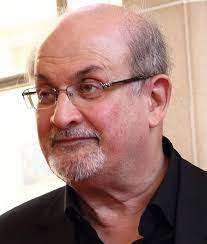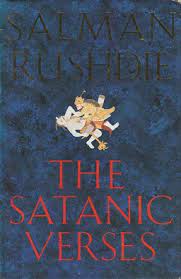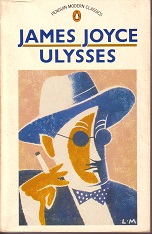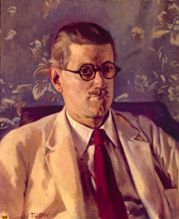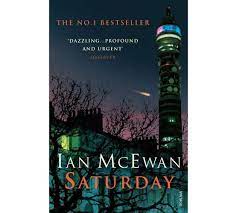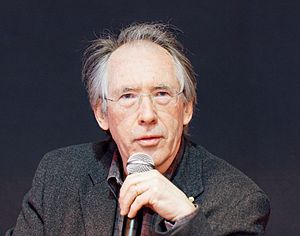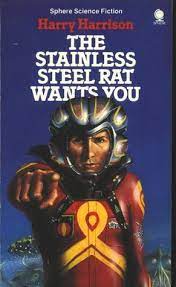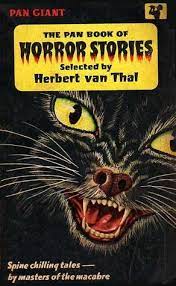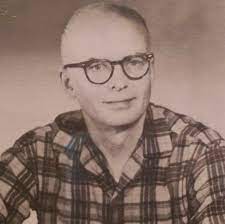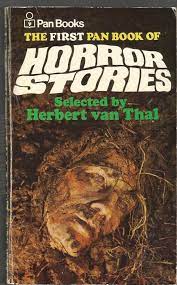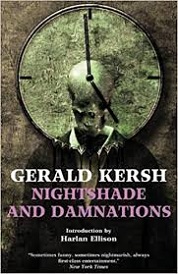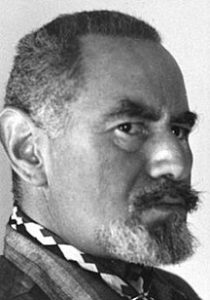
© Wordsworth Editions
I’ve just realised that two-and-a-half weeks from now it’ll be Halloween. Therefore, as I usually do at this time of year, I’ll be posting a few entries on this blog about the dark, the spooky, the supernatural and the macabre. To begin with, here’s something I originally wrote in 2019 about three collections of ghostly tales by three forgotten writers of yesteryear.
I’ve read a lot of 19th century ghost stories recently. These have featured in collections published by Wordsworth Editions in its series Tales of Mystery and the Supernatural, which I’ve picked up in various library clearance sales and second-hand bookshops. The last time I checked, Wordsworth’s Mystery and the Supernatural series consisted of 80 different titles and they’re an admirable balance between works by authors who are well-known, like H.P. Lovecraft, M.R. James, Edgar Wallace, Edith Wharton and Henry James, and works by authors who aren’t – or, in some cases, were famous once but have now disappeared off the reading public’s radar. By acquainting modern readers with writers in the latter category, the series performs an invaluable service. It was through reading one of its books a few years ago, for instance, that I discovered the excellent but now neglected writer May Sinclair, about whom I wrote here.
Anyway, I’ve just finished reading Wordsworth collections by Amayas Northcote, Gertrude Atherton and J.H. Riddell. How do their ghost stories measure up?
Amayas Northcote is the most elusive figure of the three. His Wikipedia entry merely states that he was the seventh son of the First Earl of Iddesleigh, who was Benjamin Disraeli’s Chancellor of the Exchequer; he was a businessman in Chicago at one time and a Justice of the Peace in Buckinghamshire at another; and he “wrote ghost stories in the line of those of M.R. James, which were compiled in his only book, In Ghostly Company.” One likely reason why Company was Northcote’s only book was because it was published in 1921 and he died soon afterwards in 1923, before he had much chance to follow it with further fiction, ghostly or otherwise.
I have to admit that while I found Northcote’s stories enjoyable, most of them feel a bit run-of-the-mill. Often, as in the case of Mr Kershaw and Mr Wilcox, The Late Earl of D., The Steps and The Governess’s Story, they involve manifestations of the supernatural linked to murders, untimely deaths and disappearances. The two most interesting stories are those that stray furthest from the formula. The Downs deals with a secluded stretch of British countryside that, one night a year, becomes the scene of a haunting on a spectacular scale; while The Late Mrs Fowke strays unexpectedly into the realms of devil worship and reads like a prototype for the occult potboilers that Dennis Wheatley would start writing little more than a decade later.
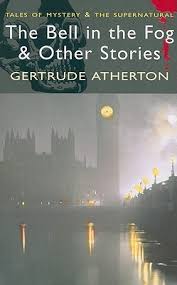
© Wordsworth Editions
Considerably greater in range and ambition are the stories of American author Gertrude Atherton collected in The Bell in the Fog and Other Stories, originally published in 1905. These are tales that are by turns grisly (The Striding Place), phantasmagorical (The Dead and the Countess) and imbued with a psychological intensity reminiscent of Edgar Allan Poe (Death and the Woman).
Some aren’t supernatural at all but are grim character studies. A Monarch of a Small Survey is about a sad and frumpy lady’s companion who suffers the double misfortune of being cut out of her employer’s will and becoming futilely besotted with a younger man. Similarly, The Tragedy of a Snob looks at the gulf between the haves and have nots, chronicling the efforts of a man of limited means to gain access to the world of high society. And The Greatest Good of the Greatest Number is about a physician who convinces himself that by eliminating the life of one worthless person he can improve the lives of all the decent people who’ve been blighted by her – but finds the execution of the deed harder than he’d expected. Simply but compellingly set up, The Greatest Good feels like a Roald Dahl story with a stern moral conscience.
I have to say, though, that my respect for Atherton was diminished by the inclusion of A Prologue, which is presented as the first part of an unfinished play. It’s a brooding, gothic piece set on a West Indian island about to be pulverised by a hurricane and is slightly reminiscent of Jean Rhys’s Wide Sargasso Sea (1966). It’s also racist, with a household’s black slaves cowering and wailing pathetically on the floor while their white owners stomp around, cursing them for their superstitious uselessness and trying to secure the premises without their help. Yes, I know the work simply reflects the attitudes of white people towards slaves and slavery back then and should be taken as being ‘of its time’. But it still left a bad taste in my mouth.
I’d been looking forward to J.H. Riddell’s Night Shivers, a volume that contains 14 short stories and is rounded off with a short novel, The Uninhabited House, which was first published in 1875. This was because Riddell originated in Northern Ireland, like I did. She was born in Carrickfergus, County Antrim, in 1832 and lived there until 1855, when she and her mother moved to London. She remained in England until her death in 1906 and during the intervening years established herself as a prolific author. Her Wikipedia entry lists some 40 novels and a half-dozen short story collections.
I’d been hoping that Ms Riddell’s ghostly fiction would have a strong Irish flavour and, occasionally, it does – to good effect. The Last of Squire Ennismore sees a dissolute Irish landowner come to an infernal end for his misdeeds, through the agency of a mysterious stranger with ‘an ambling sort of gait, curious to look at’ who leaves cloven hoof-prints on the sand of the local beach. Hertford O’Donnell’s Warning features that most Irish of supernatural creature, the banshee, though in the incongruous (but effective) setting of a Victorian London hospital. And Conn Kilrea features another Irish family haunted by a spectral, though non-banshee, harbinger of death.
However, most of the stories take place in England and, because I’ve read countless other English ghost stories over the year, their scenarios seem very familiar and they have the same generic feel as Amyas Northcote’s work. Riddell enjoys presenting her ghosts and supernatural phenomena as puzzles that the living characters have to solve. Invariably, they turn out to be traces and echoes of nefarious incidents – usually murders – that once upon a time occurred in the ‘real’ world.
One thing I like about Riddell’s fiction is her depiction of unusually (for the era) feisty and unconventional female characters, even if they come across as somewhat grotesque. The most notable of these are Miss Gostock, the hard-working, hard-bargain-driving and hard-drinking landlady in Nut Bush Farm; and the formidable Miss Blake, ‘the child of a Scottish-Ulster mother and a Connaught father’ who ‘had ingeniously contrived to combine in her person the vices of two distinct races, and exclude the virtues of both’, in The Uninhabited House.
Also, I like how she portrays the main character in Walnut-Tree House. He’s an unpretentious fellow who comes into possession of a haunted property in London after spending years as a ‘digger’ in the Australian goldfields. The snobby Londoners he has dealings with disdain him as ‘a rough sort of fellow’ who’s ‘boorish’ and has ‘never mixed with good society’. But when he encounters the ghost in his house, that of a child, he doesn’t react as characters normally do in these stories and cringe or flee in terror. Instead, he feels sorry for the poor child’s ghost and resolves to find a way to make it rest in peace.
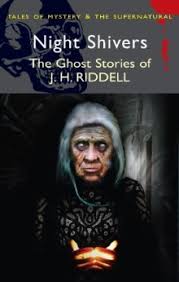
© Wordsworth Editions





